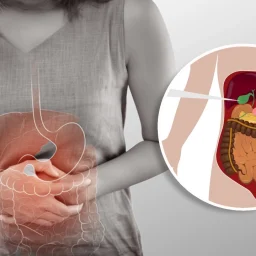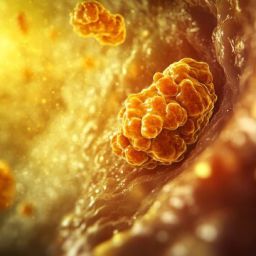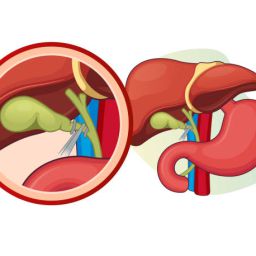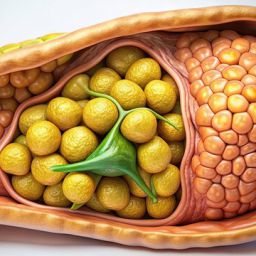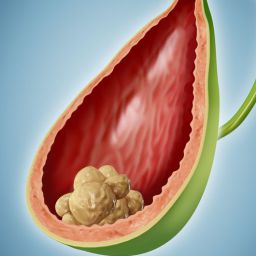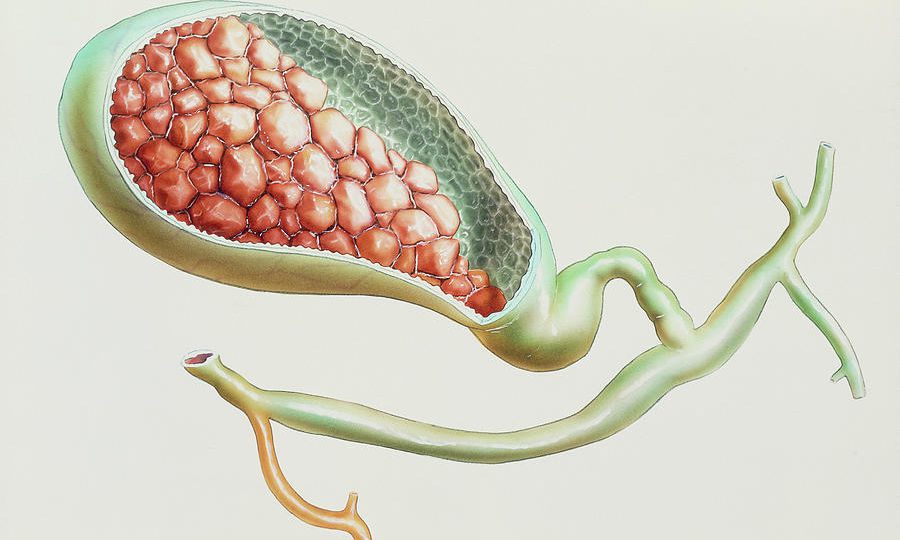
Understanding the Bile Ducts and Their Function
The bile ducts are part of the biliary system, a network of tubes that carry bile from the liver and gallbladder to the small intestine, where it aids in the digestion of fats. Bile is produced by the liver and stored in the gallbladder before being released into the small intestine during digestion.
The biliary system consists of:
- Intrahepatic bile ducts: These are located within the liver.
- Extrahepatic bile ducts: These are the bile ducts outside the liver, including the common bile duct, which is the primary duct carrying bile to the intestine.
The flow of bile is essential for digestion and absorption of fats and fat-soluble vitamins. When the bile ducts become narrowed or blocked, bile cannot flow properly, leading to a buildup of bile in the liver, a condition known as cholestasis. Cholestasis can cause serious liver damage, digestive issues, and other health problems if left untreated.
What is Bile Duct Stricture?
Bile duct stricture occurs when the bile ducts become abnormally narrowed or constricted, restricting the normal flow of bile. This narrowing can happen at various points along the biliary system, including the intrahepatic ducts, extrahepatic ducts, or the common bile duct.
There are several possible causes for bile duct stricture, ranging from benign conditions to more serious diseases. Strictures can be temporary or permanent, depending on the cause and the treatment applied. In some cases, bile duct stricture can lead to complete blockage of the bile ducts, resulting in severe complications like jaundice, infections, and liver damage.
Causes of Bile Duct Stricture
Bile duct strictures can be caused by a variety of conditions, both benign and malignant. The following are some of the most common causes of bile duct stricture:
1. Gallstones and Bile Duct Stones
Gallstones, which are solid particles that form in the gallbladder, can sometimes move into the bile ducts, causing a blockage. If a gallstone obstructs a bile duct, it can lead to bile duct stricture, often accompanied by symptoms like pain, jaundice, and fever. If the stone is not removed, the bile duct may become inflamed and scarred, leading to a long-term stricture.
2. Bile Duct Injury or Surgery
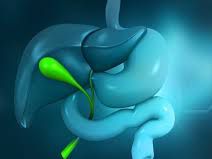
Surgical procedures involving the gallbladder, liver, or bile ducts can sometimes cause injury to the bile ducts. This injury may result in scarring or narrowing of the bile duct, leading to a stricture. Common surgeries that can cause bile duct injury include gallbladder removal (cholecystectomy), liver transplant, and surgery to treat bile duct disease.
In some cases, trauma to the bile ducts caused by accidents or medical procedures can lead to a post-surgical stricture. The risk of developing a stricture increases if the bile duct is not properly repaired after injury.
3. Primary Sclerosing Cholangitis (PSC)
Primary sclerosing cholangitis is a chronic liver disease that causes inflammation and scarring of the bile ducts. Over time, the ducts can become narrowed or blocked, resulting in bile duct stricture. PSC is often associated with other conditions, such as inflammatory bowel disease (IBD), particularly ulcerative colitis. It can lead to progressive liver damage and cirrhosis if left untreated.
4. Cholangiocarcinoma (Bile Duct Cancer)
Cholangiocarcinoma is a type of cancer that develops in the bile ducts. The tumor can grow and obstruct the bile ducts, causing narrowing or stricture. Bile duct cancer is relatively rare, but it is a serious condition that can result in bile flow disruption, jaundice, and other complications. Early detection and treatment are critical for improving the prognosis.
5. Infections and Inflammatory Conditions
Certain infections and inflammatory conditions can cause inflammation and narrowing of the bile ducts. For example, ascending cholangitis, which is an infection of the bile ducts, can lead to scarring and stricture if not properly treated. Chronic inflammation due to conditions like pancreatitis can also contribute to the development of bile duct strictures.
6. Benign Strictures (Idiopathic Strictures)
In some cases, the cause of bile duct stricture may be unknown. These are referred to as idiopathic strictures, where no specific underlying disease or condition can be identified. While benign, these strictures can still cause significant symptoms and require treatment to restore bile flow.
Symptoms of Bile Duct Stricture
The symptoms of bile duct stricture vary depending on the severity of the condition and the degree of bile flow obstruction. Some individuals may experience no symptoms, especially if the stricture is mild. However, when symptoms do occur, they can be quite severe and may include:

- Jaundice: A yellowing of the skin and eyes due to the buildup of bilirubin in the blood. This occurs when the bile cannot flow properly into the small intestine, causing bilirubin to accumulate in the bloodstream.
- Abdominal Pain: Pain in the upper right side of the abdomen, often described as a dull or sharp ache. This can occur when the bile duct becomes blocked or inflamed.
- Dark Urine and Pale Stool: A lack of bile in the intestines can result in pale stools, while excess bilirubin in the bloodstream can darken the urine.
- Fever and Chills: These symptoms may indicate an infection of the bile ducts (ascending cholangitis), which can be a serious complication.
- Itchy Skin: Bile buildup in the liver can lead to itching, a condition known as pruritus.
- Digestive Problems: Difficulty digesting fatty foods, nausea, and vomiting are common when the bile ducts are obstructed.
Diagnosis of Bile Duct Stricture
To diagnose bile duct stricture, healthcare providers use a combination of physical exams, imaging tests, and lab work. Some of the diagnostic procedures used to confirm the presence of bile duct strictures include:
- Blood Tests: Elevated levels of liver enzymes, bilirubin, and other markers can suggest a bile duct obstruction.
- Ultrasound: An ultrasound can provide images of the liver, gallbladder, and bile ducts, helping to identify signs of obstruction or narrowing.
- Endoscopic Retrograde Cholangiopancreatography (ERCP): ERCP is a specialized procedure used to visualize the bile ducts and pancreatic ducts. It is often used to diagnose bile duct strictures and can also be used to treat the condition by removing stones or placing stents to restore bile flow.
- Magnetic Resonance Cholangiopancreatography (MRCP): This non-invasive imaging technique provides detailed images of the bile ducts and can help detect strictures or other abnormalities.
- Biopsy: In cases where cancer or other serious conditions are suspected, a biopsy of the bile duct tissue may be performed to obtain a definitive diagnosis.
Treatment of Bile Duct Stricture
The treatment of bile duct stricture depends on the cause and severity of the condition. In some cases, nonsurgical methods can be used to restore bile flow, while in other cases, surgery or other interventions may be necessary.
1. Endoscopic Procedures
In many cases, endoscopic procedures like ERCP can be used to treat bile duct stricture. During an ERCP, a flexible tube is inserted through the mouth to access the bile ducts. If a stricture is found, the physician may perform one or more of the following:
- Balloon Dilation: A balloon is inflated inside the stricture to widen the narrowed bile duct.
- Stent Placement: A stent (a small tube) may be placed in the bile duct to keep it open and allow bile to flow freely.
- Stone Removal: If gallstones or bile duct stones are causing the blockage, they may be removed during the procedure.
2. Surgical Treatment
In cases where endoscopic procedures are not effective or when the stricture is severe, surgery may be required. Surgical options include:
- Bile Duct Resection: The narrowed or obstructed portion of the bile duct may be surgically removed and reconstructed.
- Liver Transplant: In cases of advanced liver disease caused by bile duct strictures, a liver transplant may be considered.
3. Management of Underlying Conditions
If the bile duct stricture is caused by an underlying condition such as primary sclerosing cholangitis or autoimmune disease, treating the underlying condition with medications or immunosuppressants may help prevent the stricture from worsening.
Complications of Bile Duct Stricture
If left untreated, bile duct strictures can lead to serious complications, including:
- Liver Damage: Chronic bile duct obstruction can cause liver damage, fibrosis, and cirrhosis.
- Cholangitis: An infection of the bile ducts that can lead to sepsis if not treated promptly.
- Bile Leakage: If the bile ducts are damaged during surgery or treatment, bile may leak into the abdomen, leading to peritonitis.
- Pancreatitis: Blockage of the bile duct can also affect the pancreas, leading to inflammation and pancreatitis.
Bile duct stricture is a condition that can have significant implications for digestion and liver health. Its causes are varied, ranging from gallstones and infections to more complex conditions like cholangiocarcinoma and primary sclerosing cholangitis. Early detection and appropriate treatment are crucial in preventing serious complications and ensuring proper bile flow.
Individuals who experience symptoms like jaundice, abdominal pain, or changes in stool and urine should seek medical attention promptly. Treatment options, including endoscopic procedures, surgery, and management of underlying conditions, can help restore bile flow and improve quality of life.
By understanding the causes, symptoms, and treatment options for bile duct stricture, patients can work with their healthcare providers to manage the condition effectively and avoid complications.


